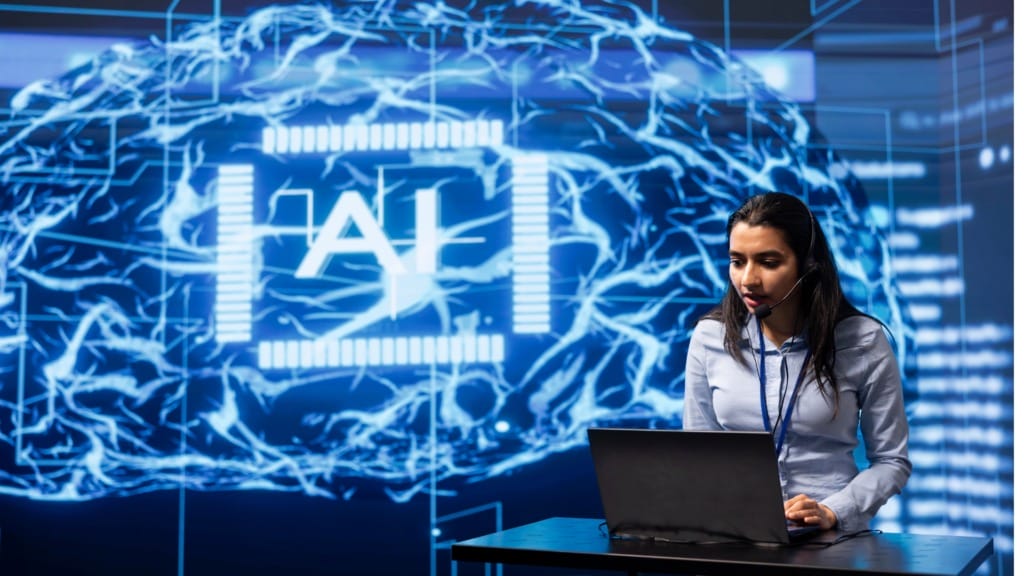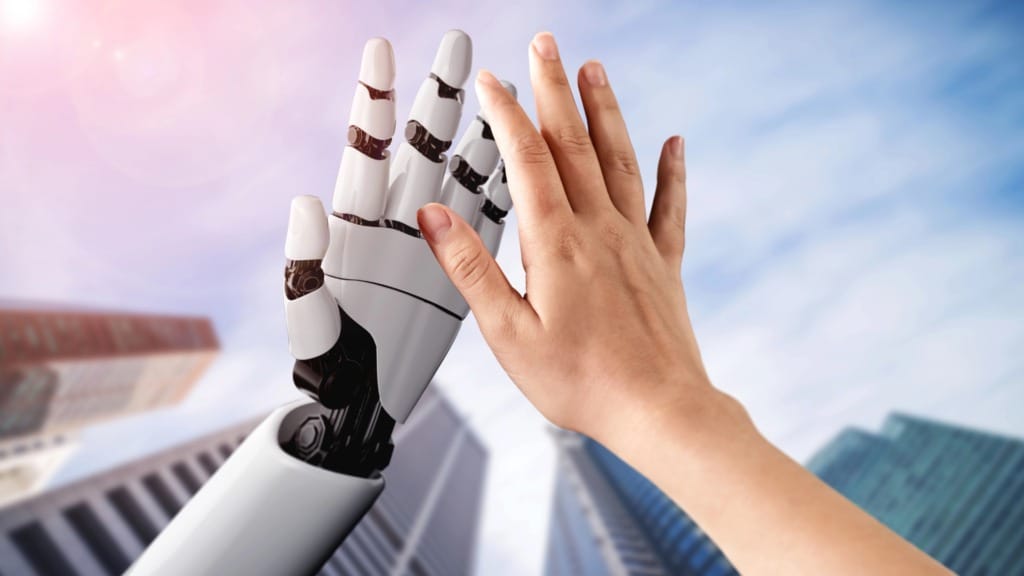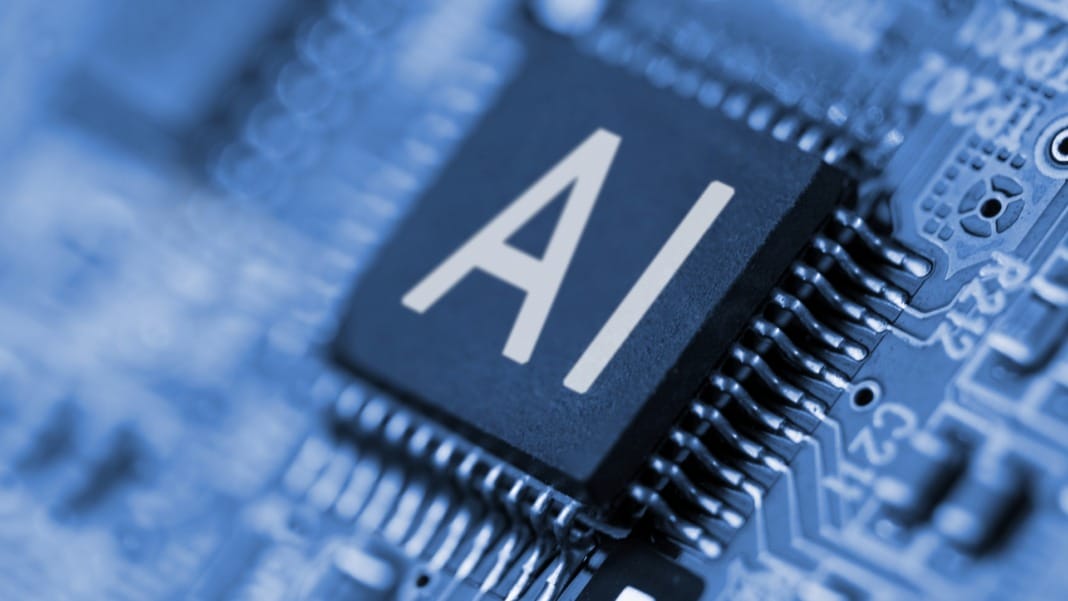Artificial intelligence is reshaping business in Southeast Asia. Once limited to small experiments or standalone functions, AI now underpins enterprise decisions, infrastructure and customer engagement. In 2025, the region’s focus has shifted. Organisations are no longer asking whether AI works. The priority is to ensure that it works sustainably, securely, and at scale.
Across industries, the conversation has matured. AI is no longer a narrow concern for IT or innovation labs. It is a strategic layer that influences how businesses allocate resources, train teams, manage infrastructure, and meet regulatory requirements. From hybrid deployment models to agent-based automation, the region is entering a new phase of AI adoption—one defined by accountability, integration and outcomes.
AI adoption is rising, but strategic clarity remains uneven

According to Lenovo’s CIO Playbook, 94% of AI adopters in Asia Pacific report that the technology has met or exceeded expectations. Yet more than a third of senior leaders remain unsure whether their investments have translated into measurable value. This gap is not a question of technology. It reflects underlying issues in organisational readiness, siloed implementation and limited cross-functional integration.
Scaling AI successfully requires more than advanced models. It demands systems that can support complex workloads, protect sensitive data and adapt to changing business conditions. Kumar Mitra of Lenovo observes that many organisations are still constrained by fragmented infrastructure and unclear operating frameworks. AI initiatives struggle to progress when the underlying architecture does not support deployment flexibility, governance or scale.
A growing number of enterprises are now adopting Hybrid AI strategies. These involve running workloads where they are most effective—across cloud, on-premises and edge environments. This approach is particularly important in regulated sectors, where data sovereignty and latency must be carefully managed. Hybrid deployment also provides businesses with the agility to experiment, iterate, and scale AI across diverse markets in Southeast Asia.
Open architecture enables speed, resilience and interoperability
Southeast Asia’s diverse digital landscape makes open systems particularly valuable. Many organisations operate in fragmented environments with legacy tools and region-specific compliance needs. In this context, open infrastructure allows them to adopt AI in a way that is both scalable and context-aware.
Gayathri Peria from SUSE emphasises the strategic advantages of open ecosystems. By building on global standards and reusable components, businesses lower the cost and complexity of AI implementation. Open platforms also make it easier to embed compliance checks, swap models, and integrate with evolving toolsets, essential qualities for maintaining flexibility in high-change environments.

For instance, open-source development has enabled hospitals to deploy in-house language models that keep patient data sovereign while allowing retail brands to implement lightweight edge AI for in-store optimisation. These are not conceptual pilots. They are already in production, showing how AI can adapt to sector-specific needs when supported by infrastructure designed for interoperability.
Open architecture also enhances long-term resilience. As new regulations around transparency, explainability, and ethical governance emerge across the region, systems must evolve without disruption. Organisations relying on closed, inflexible stacks may find themselves rebuilding workflows from scratch. Those using open models can adapt more fluidly, keeping pace with policy shifts and technological advances.
Infrastructure is the enabler of scale and sustainability
Enterprises across Southeast Asia are starting to invest in AI-specific infrastructure that supports high-volume, high-velocity workloads. As models become more computationally intensive and data pipelines become more complex, traditional IT environments often fall short.
Joseph Yang of HPE points to the rise of AI factories—purpose-built environments that combine high-performance computing, data orchestration and intelligent automation. These environments enable businesses to automate model training, deploy agent-based systems across hybrid networks, and maintain governance across workloads.
Agentic AI, in particular, is driving the need for a more robust infrastructure. These AI agents operate autonomously across various applications, making decisions in real-time and learning from contextual data. In sectors such as finance, manufacturing and healthcare, agentic systems are already handling fraud detection, quality control and supply chain forecasting.

AI factories also support private deployments that preserve data security while allowing scalability. This is a critical need in sectors where intellectual property, customer data or strategic insights must remain in-house. Enterprises in the region are increasingly investing in infrastructure that gives them both performance and control.
Infrastructure choices also affect cost and sustainability. As AI workloads grow, systems must scale efficiently to meet the increasing demands. Over-provisioned computing wastes resources, while under-provisioned systems introduce latency and risk. Organisations are now optimising not only for speed but for energy efficiency and operational resilience.
Data quality determines intelligence, not just speed
While infrastructure enables performance, the value of AI still depends on the quality of the data it uses. Poor data leads to poor outcomes, regardless of how advanced the models are. Matthew Oostveen from Pure Storage stresses the importance of foundational data management. Without clarity on source, lineage and access, AI systems generate noise, not intelligence.
Many organisations in Southeast Asia are still operating with fragmented data silos. Teams store separate versions of critical datasets, use inconsistent formats and apply different access protocols. This creates confusion, limits interoperability and undermines confidence in model outputs.

Cleaning, standardising and securing data is often unglamorous work. But it is the prerequisite for trustworthy automation. Organisations that treat data governance as a strategic function—rather than a technical fix—are the ones building AI that learns accurately, adapts reliably and performs consistently under pressure.
This shift in mindset is gaining traction. Leaders are now investing in metadata management, lineage tracking, role-based access and audit-ready storage. These systems not only support compliance but create a foundation for continuous improvement.
Security requires visibility, responsiveness and context
Cybersecurity is also undergoing its own transformation. AI is creating new opportunities for threat detection and response, but attackers are also leveraging it to exploit vulnerabilities at an unprecedented scale. Deepfakes, AI-generated phishing and polymorphic malware, are no longer rare edge cases—they are active threats.
Andrew Kay from Illumio points to a real-world incident where a finance worker was deceived by a deepfake impersonation of their CFO, resulting in a multimillion-dollar transfer. These attacks rely on speed, believability and behavioural manipulation, and traditional defences are often unprepared to handle them.
Security leaders are addressing this by focusing on visibility and containment. David Allott of Veeam explains how AI is being used to map data access patterns, detect irregularities and guide recovery before damage occurs. Tools powered by AI now monitor backup integrity, detect lateral movement and provide actionable insights that accelerate resolution.

Rather than relying solely on prevention, organisations are building systems that anticipate breach scenarios and reduce the impact when issues arise. This marks a strategic shift in cybersecurity—toward resilience, real-time diagnostics and intelligence-driven response.
The result is a more adaptive approach to security, one where systems can react to new threat vectors without manual intervention. AI acts as both an early-warning system and a partner in defence, enhancing the ability to recover quickly and securely.
Workplaces are evolving around human-AI collaboration
In many enterprises, the most visible impact of AI is in how people work. Routine tasks are being automated, but the emphasis is on augmentation—giving teams more capacity to focus on strategy, innovation and customer engagement.
Canon‘s approach to workplace transformation is built on this principle. By utilising AI to automate back-end processes, such as document indexing, the company enables employees to redirect their attention toward value creation. In sectors such as healthcare and retail, this shift has been particularly effective, where speed, accuracy, and responsiveness are critical.
Chris Koehler of Twilio highlights how AI is improving marketing productivity, too. AI tools now handle lead routing, campaign testing and performance summarisation, reducing turnaround time and increasing relevance. However, Koehler makes clear that success depends on how teams respond. The systems accelerate insights, but it is human judgment, creativity and adaptability that deliver business value.

Twilio’s consumer research found that 76% of customers in the Asia Pacific region abandon purchases when brands fail to connect meaningfully. AI helps personalise interactions at scale, but empathy, context and timing still rely on human oversight.
Cloudera‘s Remus Lim also reinforces that agentic AI is most powerful when paired with accountability. Intelligent systems can support operations, but people must remain responsible for setting goals, interpreting outputs and ensuring that decisions align with company values and regulatory standards.
The new workplace model blends automation with autonomy. AI handles volume, pattern recognition and prediction. Human teams bring intuition, collaboration and ethical framing. When balanced effectively, this partnership delivers better decisions, faster execution and more sustainable growth.
Building the next phase of enterprise AI in Southeast Asia
The next wave of AI transformation in Southeast Asia is already underway. It is shaped not by pilot projects or technology demonstrations, but by enterprise-wide alignment. Leaders are moving beyond spectacle and focusing on structure, designing systems that can scale with operations and remain aligned with business values.
This shift is defined by several emerging priorities. Enterprises are placing greater emphasis on flexibility, deploying AI across a mix of cloud, on-premise, and edge environments to suit specific regulatory, operational, and latency requirements. At the same time, openness in architecture is becoming essential, allowing organisations to integrate diverse tools, switch models as needed, and avoid vendor lock-in. This adaptability is especially crucial in a region characterised by varying infrastructure maturity and rapidly evolving policy environments.
Trust in data and governance has also become a foundational aspect. The focus is no longer just on collecting more data but on ensuring its quality, traceability, and compliance with industry and national regulations. With AI now embedded into core decision-making, reliable inputs and transparent model logic are essential for accountability.
Security and resilience have likewise become integral considerations. As threats become more dynamic and distributed, systems must be capable of protecting sensitive data, detecting anomalies in real-time, and recovering quickly when disruptions occur. AI is increasingly being used to enhance this visibility and strengthen response mechanisms.
Crucially, the human element remains central. Rather than replacing employees, AI is being implemented to empower them—to reduce time spent on manual tasks, uncover insights faster, and support more informed decision-making. The most forward-looking organisations are designing AI workflows that complement human capabilities rather than displace them.

The companies that bring these elements together—flexibility, openness, trust, resilience, and human empowerment—will be the ones to define Southeast Asia’s next phase of AI-driven growth. These organisations are no longer treating AI as a side initiative. They are embedding it as a core operational asset, one that informs how they deliver services, engage with customers, and adapt to change.
In 2025, the priority now is not whether AI can work but how consistently, responsibly, and sustainably it is deployed.





